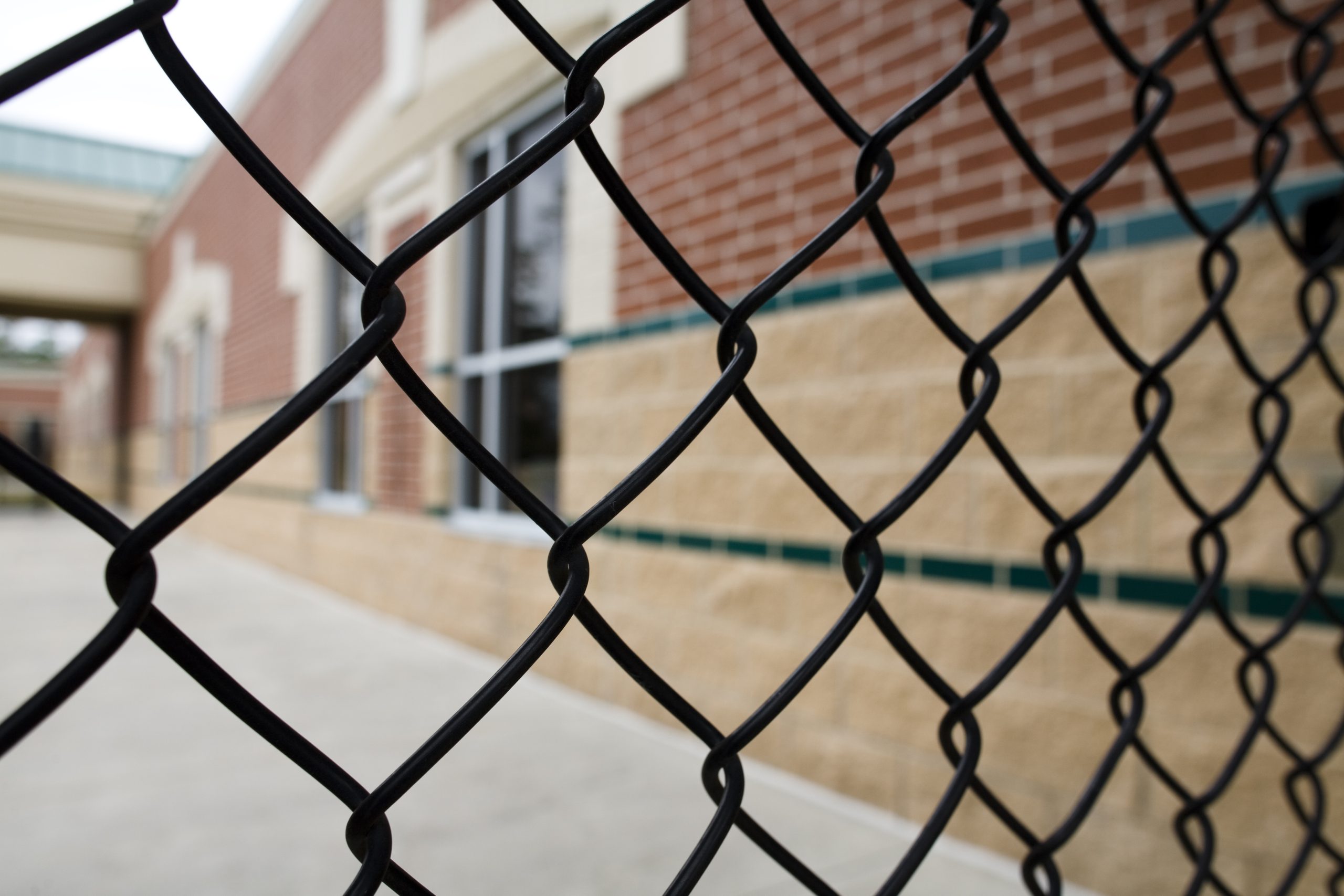Experts provided trauma-informed recovery strategies and resources for rebuilding a safe and supportive school climate following an incident of school violence during a May 22 webinar from the National Center on Safe Supportive Learning Environments.
U.S Department of Education Policy Advisor Kayla Patrick noted that while not every case of violence on school grounds can be prevented, it is critical to keep a focus on ensuring all schools provide safe, positive, supportive learning environments where every student feels a sense of belonging and receives the support they need to fully engage in school.
“When incidents of violence do happen, especially those involving serious injuries or deaths, we know the entire school community is impacted,” she said. “Survivors, including school personnel, students and families, experience a range of emotions and reactions as they process what happened and begin the recovery journey. The recovery journey is complex and it requires supporting staff, students and families with a variety of school and community approaches based on individual and collective needs of those impacted by the incident and how those needs evolve over time.”
Marleen Wong, CEO of the California-based Center for Safe and Resilient Schools and Workplaces and former director of mental health services, crisis intervention and threat assessment teams and suicide prevention at the Los Angeles Unified School District, said that providing mental health supports — both before and after an incident — are vital to supporting students and staff alike.
“School districts need to be serious in getting mental health folks into the school,” she said, noting the importance of stemming increases in suicides that tend to follow a school shooting.
Jennifer Freeman, crisis coordinator with the Center on PBIS (Positive Behavioral Interventions and Supports) and an associate professor at the University of Connecticut’s Neag School of Education, detailed two key phases following a traumatic incident at school: heroic disillusionment and reconstruction.
During the heroic phase, many communities experience a high level of external support, the community often comes together to support each other and is actively engaged in meeting each other’s daily needs, and educators are reinvigorated in their efforts to support students, Freeman explained.
“Following that though, the adrenaline and some of that external support often wears off. And it’s during that time that it can become really challenging in schools as the community starts to grapple with what the ongoing needs are and the overall scope of the incident,” she continued. “It often can catch people by surprise because people may be anticipating that they got through the initial recovery and now things will feel a little bit easier and often it feels harder instead. But eventually, that disillusionment phase moves into that longer-term recovery phase where the community becomes empowered to move towards resilience and healing.”
What necessary support looks like will depend on the community and the student body served, but there are many immediate, short- and long-term actions that local educational agencies can take following an incident, including:
- Organizing recovery supports within a multi-tiered framework using data to support decision-making, systems to support staff and practices to support students.
- Developing a written recovery plan to communicate what the LEA is doing to facilitate recovery rather than just adopting new practices.
- Include multiple sources for students and staff to access supports, such as triage for exposure to trauma and screening for mental health symptoms when moving into later phases of recovery.
- Reteaching and reinforcing school or classroom expectations. “Students may have a wide range of behaviors as they process their emotions following an event, and it’s really important that we explicitly teach them how to express those emotions in a safe and respectful way that facilitates healing,” Freeman said.
- Re-establishing classroom routines can help facilitate healing and recover by helping to establish a sense of predictability.
“The days and months following a crisis incident are not the time to try to do a bunch of new things. Your district’s typical capacity to adjust and change is going to be really limited as everybody’s energy is directed toward healing,” Freeman said. “Many districts find that they need to increase staffing and resources at least temporarily to meet the needs, therapeutic and educational, within their district. And while recovery planning is directed and organized by your district leadership team, most districts have found it really helpful to establish a recovery coordinator position that can help manage the logistics and guide recovery in all of the things that are above and beyond the everyday running of a district.”
Ultimately, many of the proven strategies that LEAs can use to help facilitate healing in the community are likely things they’re already doing.
For instance, Freeman noted that building connections and relationships is critical all the time, but is especially important after a critical incident. “It becomes really important as a school community to focus on re-establishing those connections to make sure that all students and staff are welcomed and feel connected in the school environment,” she said. “Thinking about, how do we get people connected to each other? Because we really heal in community with each other, so thinking about, as a district and as a team, intentional ways to foster a sense of purpose for people, that sense of connection, adaptability and a sense of hope.”
A recording of the webinar, slides and resources are available here.




